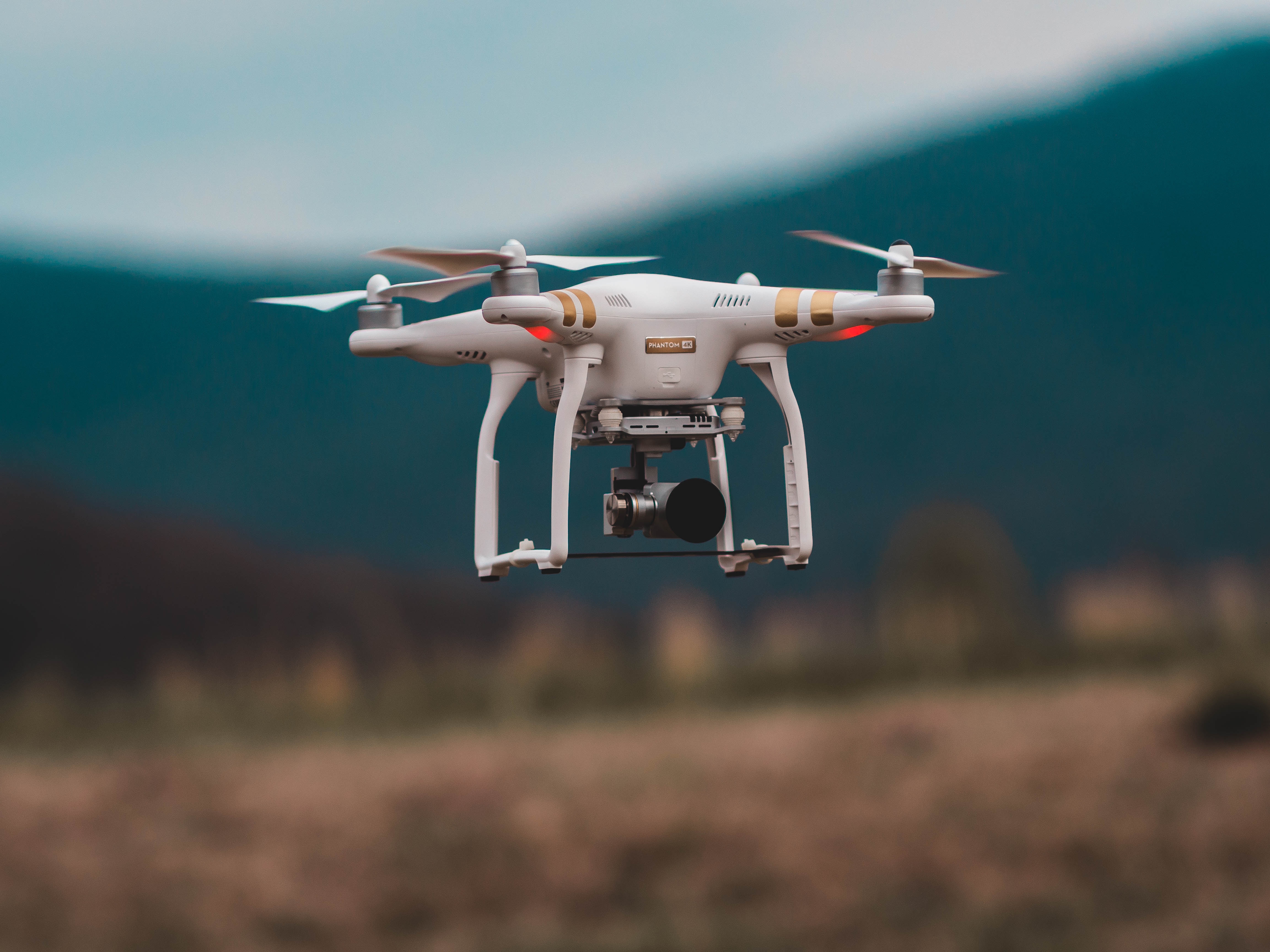Using outcomes of transformative experiences (TE) for enhancing advertising effectiveness
Measuring TE ad performance in comparison to other ads Previous research identified research gaps in enticing potential consumers interested in transformation through appropriate marketing materials as well as in measuring ad-evoked emotions in the context of tourism marketing. The quantitative online study aimed to understand how an ad in which outcomes of TE were included […]




